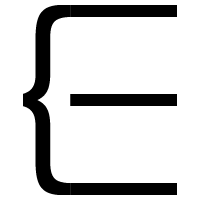Master Chief driving a Warthog, one of several vehicles available in Halo
Part of the UI showing the player their ammunition supplies and the number of grenades they have available
A player holding an assault rifle, with the current clip ammo shown on the back of the rifle
Master Chief leading a group of marines in Halo
The player moving swiftly down a hallway in DOOM
The radial menu where the player is able to quickly select their desired weapon
The upgrade screen for the combat shotgun
The player looking towards their next objective, and next fight
Sprinting prevents the weapon you are holding from being fired
The player ready to swap their weapon for one dropped by an enemy
A player modifying their weapon, showing the number of attachments that can be applied
The player starting a match, with their selected and customised weapons
The minimap showing the player how far the sounds they make will travel
The view of the shop where players are able to purchase weapons and abilities
The spray pattern for the Vandal, if the weapon is fired continuously
A firefight with several abilities and weapons being shown
